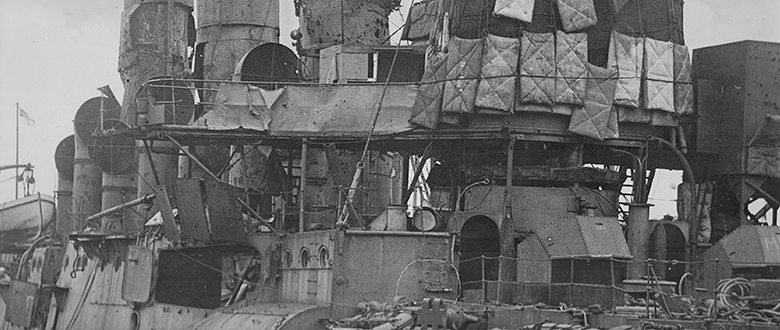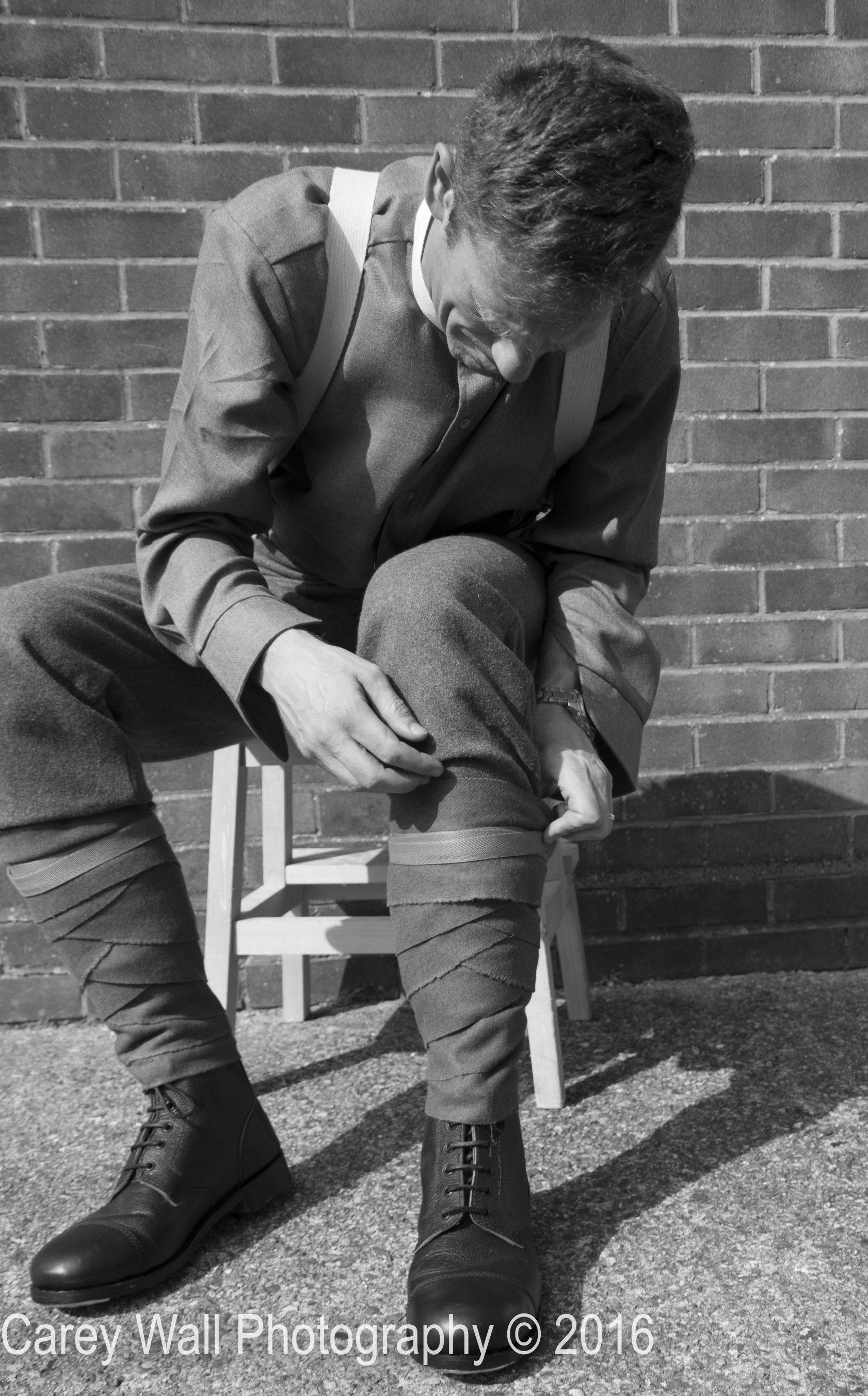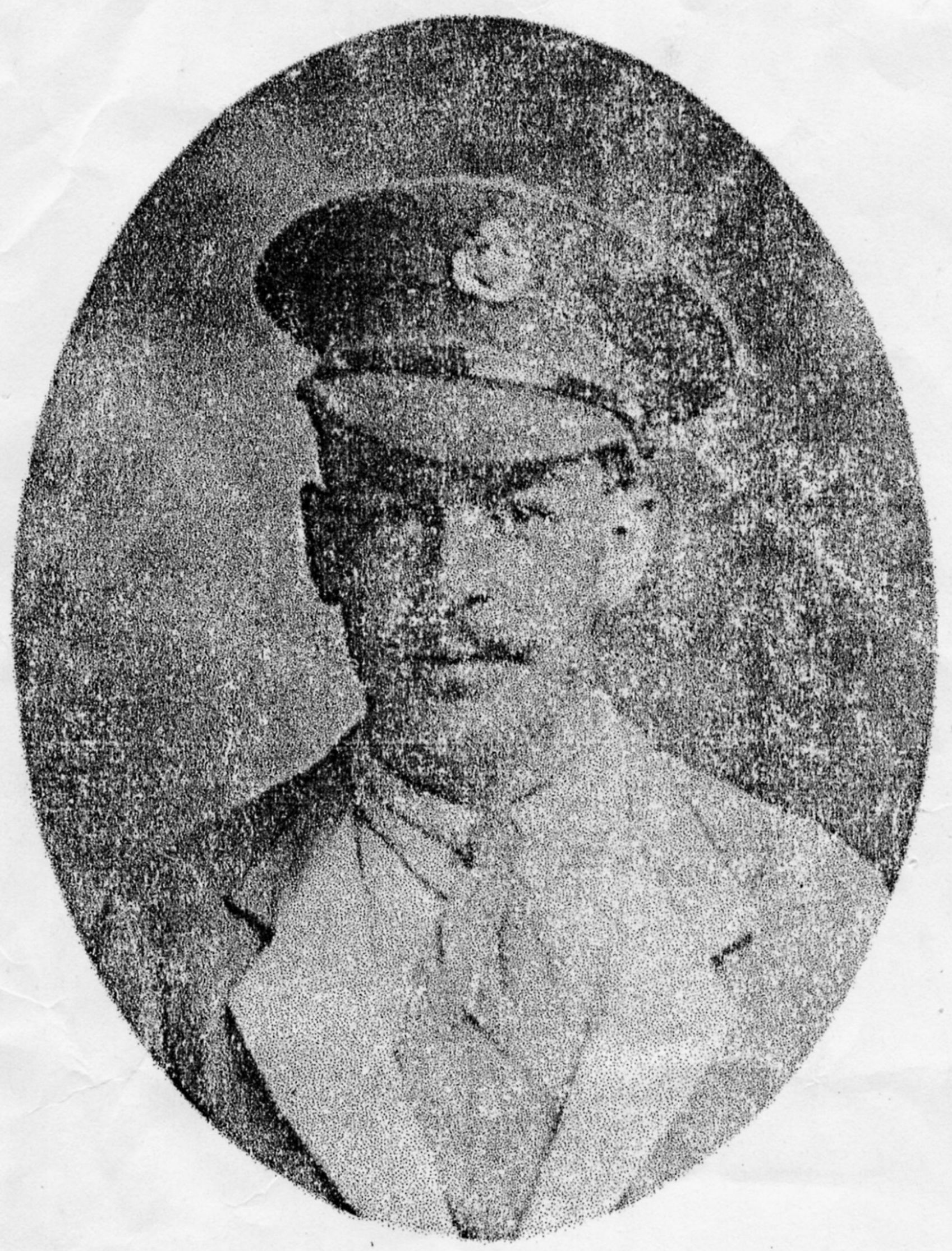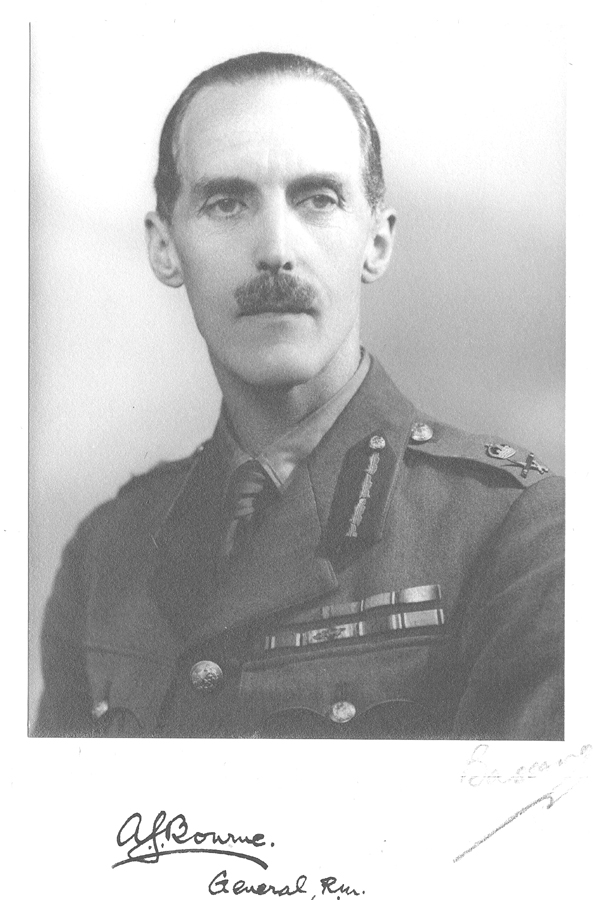St George’s Day marks the centenary of a First World War raid that’s largely forgotten, but not by the Royal Marines.
I know there are a lot of things happening in the news on St George’s Day and I know there are a lot of First World War centenaries kicking about right now, but take a moment to remember this forgotten raid on Zeebrugge from 1918.
When the collective consciousness of the First World War centres on the Western Front and Tommies in trenches, this raid stands out as being something different.
This is intended to be a very brief account, but will give you a flavour of what happened that night.
Zeebrugge? Where? Why?
The raid on Zeebrugge was conceived to combat the threat of German submarines on cross-channel traffic. As everything from Britain to the Western Front had to cross the channel, they were a real problem. That submarine threat came from a triangle of canals that centred on Bruges in Belgium, so a plan was hatched to hinder them by blocking the Bruges Canal where it emerged into the sea at Zeebrugge.
The only issue was that, in order to get to the mouth of the canal, the block ships would need to get past the guns on the fortified mole, or harbour wall.
The job of occupying those guns fell to the Royal Marines and sailors from the Royal Naval Division.
Vindictive
The plan was very simple: that the troops would load up on HMS Vindictive, Iris and Daffodil (the latter two being more commonly known as the Mersey ferries), disembark at the outer end of the mole and keep the defenders’ attention long enough that the block ships could be sunk in the mouth of the canal.
Simple plans ever turn out that way. Vindictive “went to Zeebrugge ungainly and odd-looking, and returned a twisted mass of metal and debris.” According to S. M. Holloway.

Vindictive Bridge
No plan survives contact with the enemy
The plan had been to arrive under cover of darkness and smoke. According to Captain Arthur Chater RMLI: “Star Shell started coming over us and I realised how well we were concealed by our smoke. Then the wind changed, and the smoke suddenly drifted away…A moment later there was a burst of shell fire and shells came whistling round us.”
Sergeant Harry Wright RMLI noted that: “The slaughter was terrible, Col. Elliot and Maj Cordner was both killed with the same shell…while waiting to give the order to ‘Advance’.”
Added to this, the fire coming from the mole destroyed 12 of the 14 gangways or “brows” that were fitted to Vindictive for the Marines to get on the mole.
Private Bill Scorey RMLI remembered that “…our section was the first to land, what was left of us, and we were lucky too, for no sooner were we on top of the wall, than the German machine gunners had the range, and were playing hell with us,”
Sgt Wright’s No. 10 Platoon wasn’t quite so lucky: “Our casualties were so great before landing that out of a platoon of 45 men only 12 landed. No. 9 Platoon, led by Lt Lamplough, had also about the same number.”
Up close and personal
It turned out that Vindictive had come up against the mole about 120 yards from its intended position, which threw many of plans up in the air. In some cases, this only became apparent to the Marines, such as Lt Lamplough, as they landed: “On arrival at the brows I realized for the first time that the ship was berthed in the wrong position and we were…close to my objective.”
Private William Hodgson was part of No. 12 Platoon’s Lewis Gun section and explained what he carried ashore: “Loaded as I was with full equipment, small arms, ammunition, rifle and two panniers, each with four trays of Lewis gun bullets, it was not easy but somehow I scrambled over and dropped off the parapet wall.”
Private James Feeney RMLI was focussed on the task in hand: “in the anxiety to keep balance on the see-saw of the gangway, I forgot about the rain of lead, and really felt comfortable when I put my foot on the concrete.”
Once ashore, the Marines set about causing trouble wherever they could. Pte Feeney threw bombs at defenders of a dump-house in preparation for blowing it up. Pte Scorey and his No. 5 Platoon attempted to board a German Destroyer “but she sent oil fumes at us, and we replied with liquid fire.” Lieutenant Charles Lamplough also attempted to harass a destroyer and “dealt with a few Germans who came down the mole…as if in attempt to interfere with our scaling ladders.”
You will note that none of these things are what they went ashore to accomplish.

Vindictive Foretop
Home Again, Home Again
By 12:30 am thoughts were beginning to turn to withdrawal. Lt Lamplough was not relishing the return to the Vindicitve: “The whole time we were there German coast defence guns bombarded the Vindictive and Mole and a considerable number of shells burst at the base of the wall alongside the ship, not and encouraging prospect for our retirement.” Private Feeney was of a similar mind: “I felt rotten to hear the rattle of shells striking the funnels [of Vindictive], and could do nothing just then.”
Getting back on the boats as almost as difficult as getting off them, Pte Feeney RMLI: “we retired in twos to the ladders; it was running the gauntlet over that fire-swept zone…The gangways were heaving up and down now, the hail of shell was awful. Then for the first time it occurred to me that I might get hurt if I hung around any longer, so I was getting careful at last.” He described himself “getting nervous and funky from looking at the dead and listening to the dying.”
Pte Scorey’s No. 5 Platoon met more immediate resistance: “One fired point blank with his revolver at one of our lads, but he paid dearly for it, for our Captain [Bamford] crowned him with his loaded stick…we had to climb up the wall by ladders, which was about 15 to 20 feet high so it was no easy job. No sooner were we at the top than a shrapnel shell came and scattered us…I went in the water myself, but managed to get on board by a rope that was flung to me, she pushed off then leaving some men behind. I think I was the last man aboard.”
Worse was to fall to Harry Wright: “we took it for the signal to retire and commenced doing so when …the order was passed to return to our posts. W obeyed the order, and very shortly afterwards had the horrible ordeal of watching our only means of escape move slowly away.” Harry and his mates spent the rest of the war in German prison camps.
Was it worth it?
Pte Feeney summed up the scene as Vindictive sailed away: “one thing was evident- it cost a great deal of blood. I shall never forget the sight of the mess decks; dead and dying lying on the decks and tables where, but a few hours before, they ate, drank and played cards. In the light of day it was a shambles.”
The feeling on the way home seems to be one of failure. Understandably, as the message that the attack was diversionary appears not to have made it down to Lieutenants, according to Cpt Chater: “I discussed the operation with Bamford. We had failed to gain any of our objectives…We felt that our part in the operation had been a complete failure. We had lost many good men…We felt extremely despondent. We did not know then that…the attack on the mole had created the necessary diversion to enable the blockships to enter the canal.”

Edward Bamford RMLI VC
It seems that, for all the feelings of failure, that the raid on Zeebrugge had been successful and the returning Marines were greeted as heroes. Captain Bamford and Sergeant Norman Finch were awarded the Victoria Cross for their deeds. Of those whose voices I’ve used here Captain Arthur Chater was awarded the Distinguished Service Order, Lieutenant Charles Lamplough to Distinguished Service Cross and Sergeant Harry Wright the Distinguished Service Medal. Harry Wright had to wait until his repatriation at the end of the war for his medal.

Norman Finch RMA VC
Any discussion of the value of an operation in the First World War is open to interpretation, I teach a school session on it. So I am not going to pass judgement, merely to pause for a moment and remember those who went to Zeebrugge a hundred years ago, especially those who did not come home.
I will leave the last word to Private James Feeney RMLI: “There were some deeds done that night that make words seem light and not able to touch on the thought you wish to express.”






